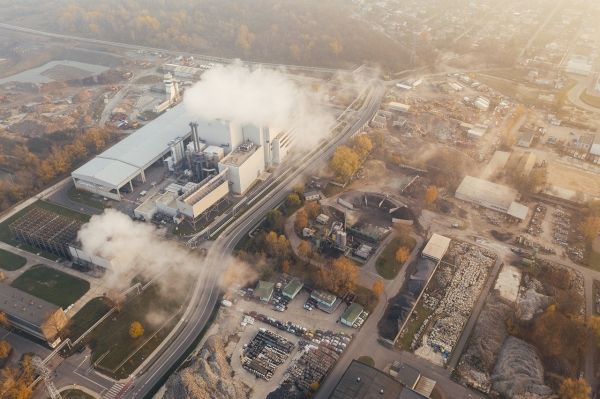When it comes to encouraging manufacturers to reduce their carbon dioxide (CO2) emissions, a carrot might be more effective than a stick. That’s the approach taken by a recent U.S. tax code rule that offers credits to companies that capture and then store or use CO2. The rule will likely spur innovations in carbon capture technology, according to an article in Chemical & Engineering News (C&EN), the weekly newsmagazine of the American Chemical Society.
The rule, enacted in February 2018, expands a tax credit, called 45Q. Under the rule, industrial manufacturers can earn a tax credit of $50 per metric ton of CO2 captured and stored permanently in geologic formations, or $35 per metric ton of CO2 captured and used, such as for enhanced oil recovery (EOR). A previous version capped the credit at 75 million metric tons of captured CO2, and paid only $20 per metric ton of the captured gas. Companies with emission-intensive operations, such as those in the cement, steel and power industries, are busy modeling whether their facilities can take advantage of the credit, Senior Business Editor Melody Bomgardner writes.
Read more at American Chemical Society
Photo Credit: marcinjozwiak via Pixabay


